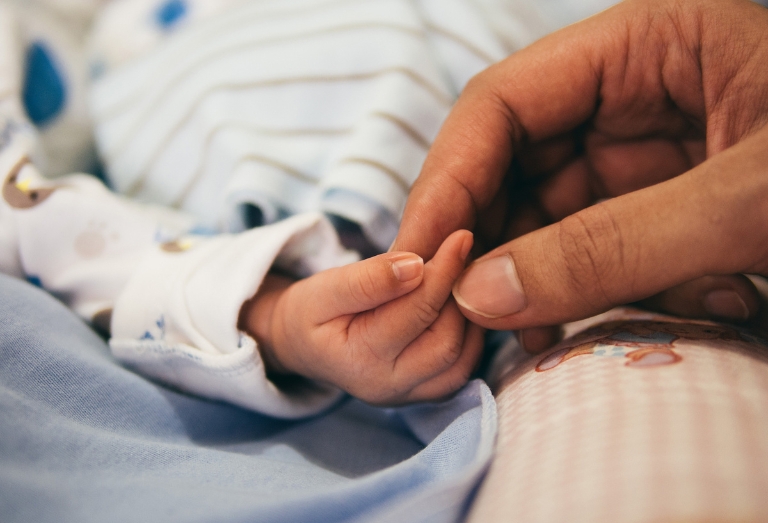
Circumcision is a common procedure for newborns that changes hygiene routines and requires specific aftercare steps. Understanding how to manage newborn circumcision care and maintain proper cleanliness can ensure a smooth recovery and prevent complications. This article provides practical guidance on post-circumcision hygiene, offering valuable tips for parents navigating this process.
Circumcision significantly simplifies certain aspects of a newborn’s hygiene routine. Without the foreskin, cleaning becomes more straightforward, but parents still need to focus on proper care during the healing period. Keeping the area clean and free from irritants is crucial to avoid complications.
During the circumcision healing process, diapers should be checked and changed frequently to prevent moisture build-up, as this can cause irritation or slow healing. Simple hygiene routines and observation will ensure the procedure’s benefits extend to improved cleanliness.
Keeping the circumcision site clean is a top priority after the procedure. Proper care supports healing, prevents discomfort, and avoids complications. With the right approach, parents can easily manage infant circumcision aftercare while ensuring their baby stays comfortable.
Here are some practical steps:
Parents should also monitor for signs of discomfort. If your baby seems unusually fussy during diaper changes, it may indicate sensitivity at the circumcision site. Regular hygiene and careful observation can make cleanliness after circumcision manageable and stress-free.
Preventing infection is critical to post-circumcision hygiene, as the healing area is vulnerable during the first few weeks. By following consistent cleaning practices, parents can significantly reduce the risk of infection and promote faster recovery.
Key steps for preventing infection after circumcision include:
Parents should know potential warning signs, such as increased redness, swelling, or discharge. If these symptoms occur, it’s essential to seek medical advice promptly. Maintaining a high standard of hygiene will ensure that your baby recovers safely and comfortably.
Moisturization is important in post-op newborn care, as it protects the healing area and minimizes irritation. Using the right products, as your healthcare provider recommends, can make a big difference in your baby’s comfort and recovery.
Consistency is key during this period. Proper moisturization protects the healing tissue and makes diaper changes easier by preventing the wound from sticking to the diaper lining. These simple steps are a valuable part of infant circumcision aftercare.
While most circumcisions heal without complications, knowing when to contact your healthcare provider for assistance is essential. Early action can prevent minor issues from becoming more serious.
Look out for these signs during the circumcision healing process:
If you notice any of these symptoms, contact your healthcare provider promptly for advice. Timely intervention can address hygiene-related concerns and ensure your baby’s recovery stays on track. Staying informed about when to seek help is a crucial aspect of caring for a circumcised baby.

Office phone: (416) 661-0004
Doctor’s cell phone: (416) 702-8990
Fax: (416) 661-0810
Email: mark@drgreenberg.ca
RateMDs: Dr. Mark Greenberg
HOURS
– MON – THURS 8AM-5 PM
– FRIDAY 8AM-1PM
– SAT & SUN CLOSED
© 2024 Greenberg Circumcision Centre